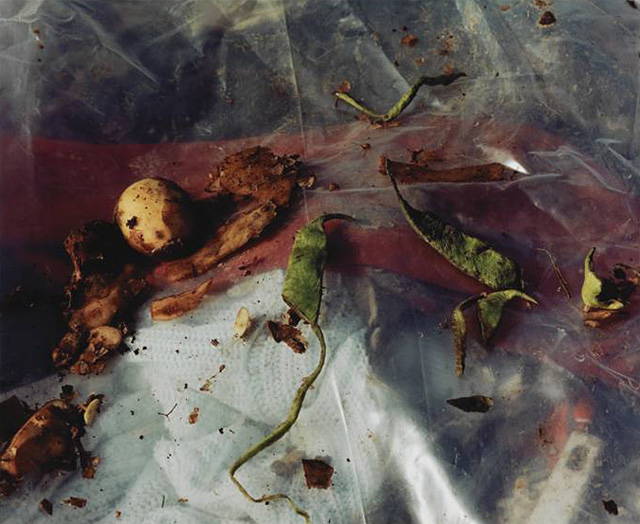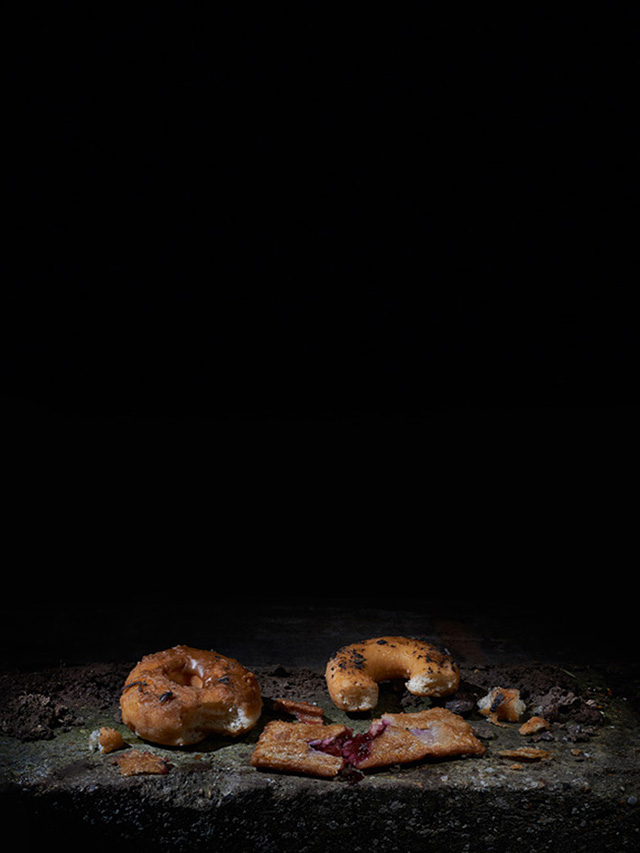Keith Arnatt: one man's trash
Keith Arnatt was an artist, an English maverick, who came to prominence in the 1960s for, among other work, Self Burial (1969). He created this in the heyday of conceptual art (''happenings'' and the like) when art as an object – as a commodity – was thought bourgeois, anti-democratic, and tied to Western capitalism and its paternalistic hegemony; it was hip for artists to reduce their work to just an idea: no object = no exploitation. Arnatt’s response was Self Burial. Surely if ''good'' art leaves no trace, then ''great'' art dispenses with the artist...?
He’s sadly less well known for his photography – which was ignored until recently. But he’s increasingly recognised as one of the most important contemporary British photographers. His colour photographs are especially significant: for example, Pictures From a Rubbish Tip (1988–89). In these images you see echoes of the sublime – the awe and terrible beauty of nature that painters like Turner captured – yet at the same time you’re looking at mouldering food on a rubbish dump.

▲ Keith Arnatt, from Pictures From a Rubbish Tip (1988–89). © Keith Arnatt Estate
Arnatt elevates the discarded – the overlooked, the mundane, the everyday – to the same level as a wild storm or a majestic sunset, making us question which has the most worth and why; and also wonder if photographs are comparable to the kind of paintings hung in galleries.
As well as showing us rubbish literally in a new light, he also took shit photographs – of dog crap close up so it resembles monumental sculpture: simultaneously beautiful and utterly repellent!
Despite once being internationally known as a conceptual performance artist, by the time of his death in 2008 Arnatt had largely been forgotten. (He rated a mere three lines in Wikipedia when I wrote this in 2014 – though there's now a short page.) He spent the last decades of his life exclusively as a photographer, which doubtless contributed to his decline in prominence. The prevailing view of the art world until well past the turn of this century was that photography was a craft, a mere process: it could not create art, or at best poor art – mawkish Victorian pictorialism or outmoded modernism, to be left in the past. Photography’s principal job in art was to record – which was why conceptualists used cameras to document their performances; photographing a performance did not create art. Ironically, 50 years on, these self-same snaps are valuable artworks in their own right... Today, attitudes have changed: photography is now considered equal to any medium, and the art establishment no longer argues about photographs being art.
There’s a nod to Arnatt in my Fast project, where I contrast food depicted in 18th-century still-life paintings with modern fast food.

▲ Rich Cutler, Krispy Kreme Doughnuts and McDonald’s Pie, from Fast (2012).
